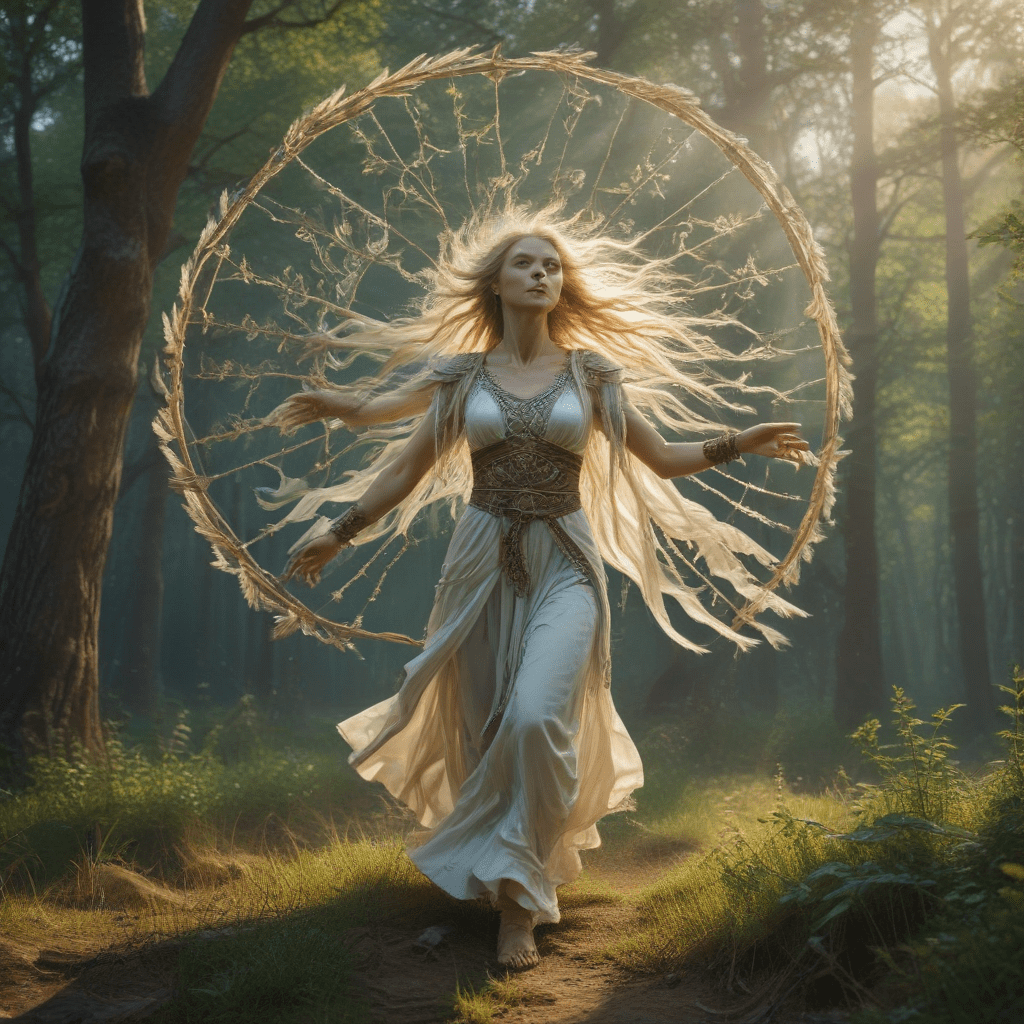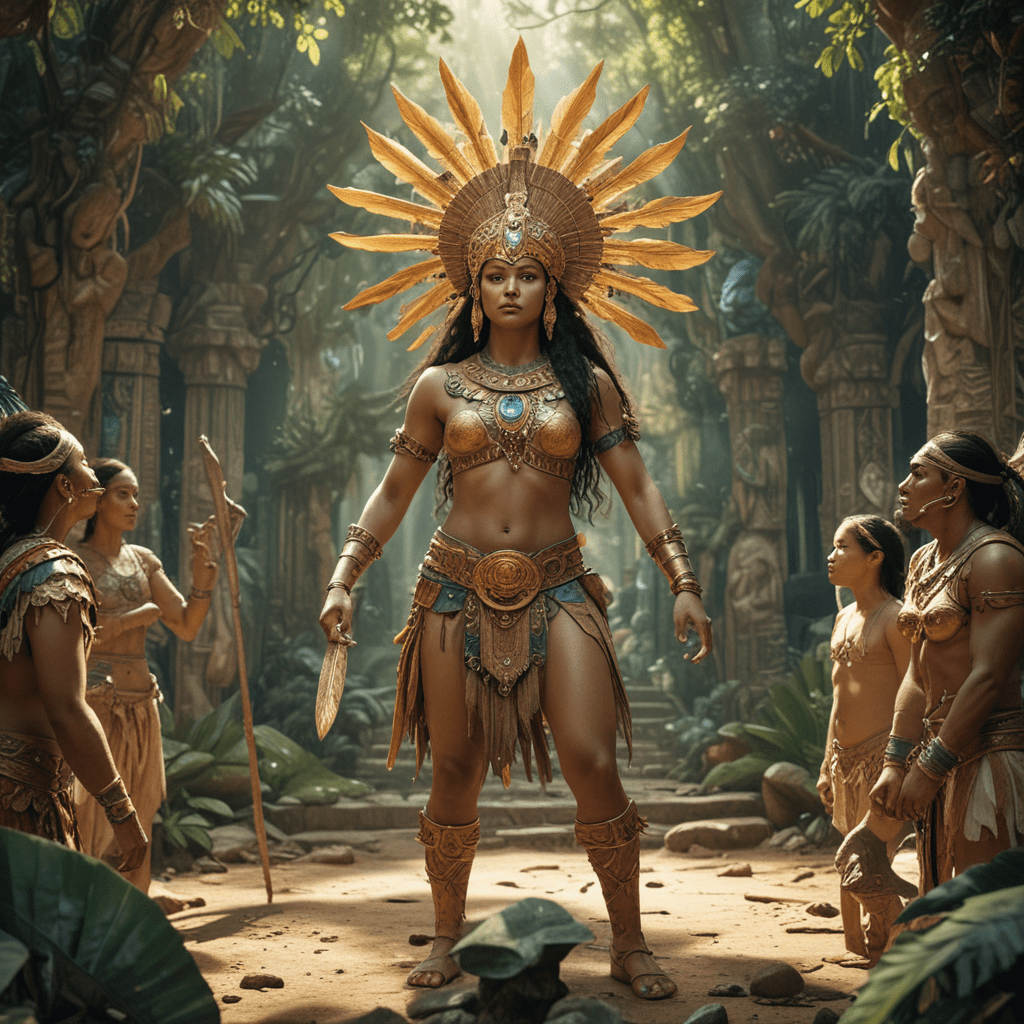Slavic Mythology: Beings of the Wind
I. Introduction
In Slavic mythology, the wind held immense significance, embodying both supernatural forces and personified entities. It was believed to carry the whispers of the gods, shape the destinies of mortals, and serve as a conduit between the realms of the living and the dead. Slavic folklore is replete with tales of wind beings, each with its unique characteristics, powers, and influence.
II. Supernatural Winds
At the pinnacle of the wind hierarchy stood Veles, the primordial god of wind and cattle. As a supernatural wind, Veles played a crucial role in the cosmic order, presiding over storms, guiding herds, and embodying the wisdom of the ages. He was depicted as a majestic stag, whose antlers represented the branches of celestial trees and whose breath carried the winds that shaped the world.
III. Personified Winds
Slavic mythology also featured personified winds, endowed with human-like qualities and motivations. Chur, the guardian of homes and families, was invoked to protect against evil spirits and misfortunes. He was often depicted as a fierce warrior, armed with a bow and arrow, ever vigilant in his duty to shield households from any harm.
Another personified wind was Povetrie, the female embodiment of the plague. Her presence was feared among mortals, as she brought pestilence and death with her icy breath. Povetrie was often portrayed as a hag or an old woman, her face hidden behind a veil as she spread her devastating touch across the land.
IV. Demonic Winds
The Slavic pantheon also included demonic winds that brought destruction and misfortune. Vihor, the evil spirit of the storm, was known for his destructive powers. He could uproot trees, hurl boulders, and summon lightning bolts to wreak havoc upon the earth. Vihor's name echoed the sound of a raging storm, embodying the chaotic and primal nature of his destructive force.
Kikimora, the female demon of the wind, was another embodiment of evil. She was believed to reside in abandoned houses and desolate places, her presence heralded by cold drafts and eerie noises. Kikimora was known to torment mortals, driving them to madness or even death with her ghostly whispers.
V. Elemental Winds
Beyond the supernatural and personified winds, Slavic mythology also recognized elemental winds associated with specific times of day or natural phenomena. Zoria, the wind spirit of the dawn, was believed to carry the first rays of sunlight and awaken the world from its slumber. Zoria's breath was said to possess healing properties, and she was revered as a symbol of hope and rejuvenation.
VI. Magical Winds
Slavic mythology incorporated magical winds that possessed extraordinary abilities. Buja, the wind spirit that brings good fortune, was believed to grant wishes and fulfill desires. It was invoked in spells and rituals, with its presence often symbolized by a gentle breeze or the rustling of leaves.
Navia, the wind spirit connected to death, played a significant role in funeral rites. It was believed to carry the souls of the departed to the afterlife, guiding them through the transition from the realm of the living to the realm of the dead. Navia's presence was often associated with the sound of the wind whistling through trees or the rustling of autumn leaves.
VII. Winds in Legends and Folktales
The winds of Slavic mythology also feature prominently in legends and folktales, where they often serve as agents of change or conflict. The folklore tale of "The Wind and the Sun" illustrates the competition and cooperation between the two forces of nature, while "The Wind's Daughter" speaks of a girl imbued with the powers of the wind, using them to aid those in need.
VIII. Winds in Art and Representation
Winds in Slavic mythology have inspired countless works of art, from paintings that depict the raging storms of Vihor to the gentle breezes of Zoria. Sculpture, wood carvings, and folk art often feature wind beings, representing their unique characteristics and symbolic significance.
IX. Winds in Modern Culture and Practice
Though ancient Slavic mythology has evolved over time, the winds and their associated beings continue to resonate in modern culture and practice. Elements of Slavic wind mythology can be found in fantasy novels, video games, and other forms of popular entertainment. Additionally, some contemporary spiritual practices draw inspiration from Slavic mythology, incorporating the winds and their powers into rituals and beliefs.
X. Frequently Asked Questions (FAQs)
Q: Who was the god of wind in Slavic mythology?
A: Veles
Q: What was Chur's role in Slavic mythology?
A: Guardian of homes and families
Q: What was the name of the evil spirit of the storm?
A: Vihor
Q: What was the wind spirit of the dawn called?
A: Zoria



